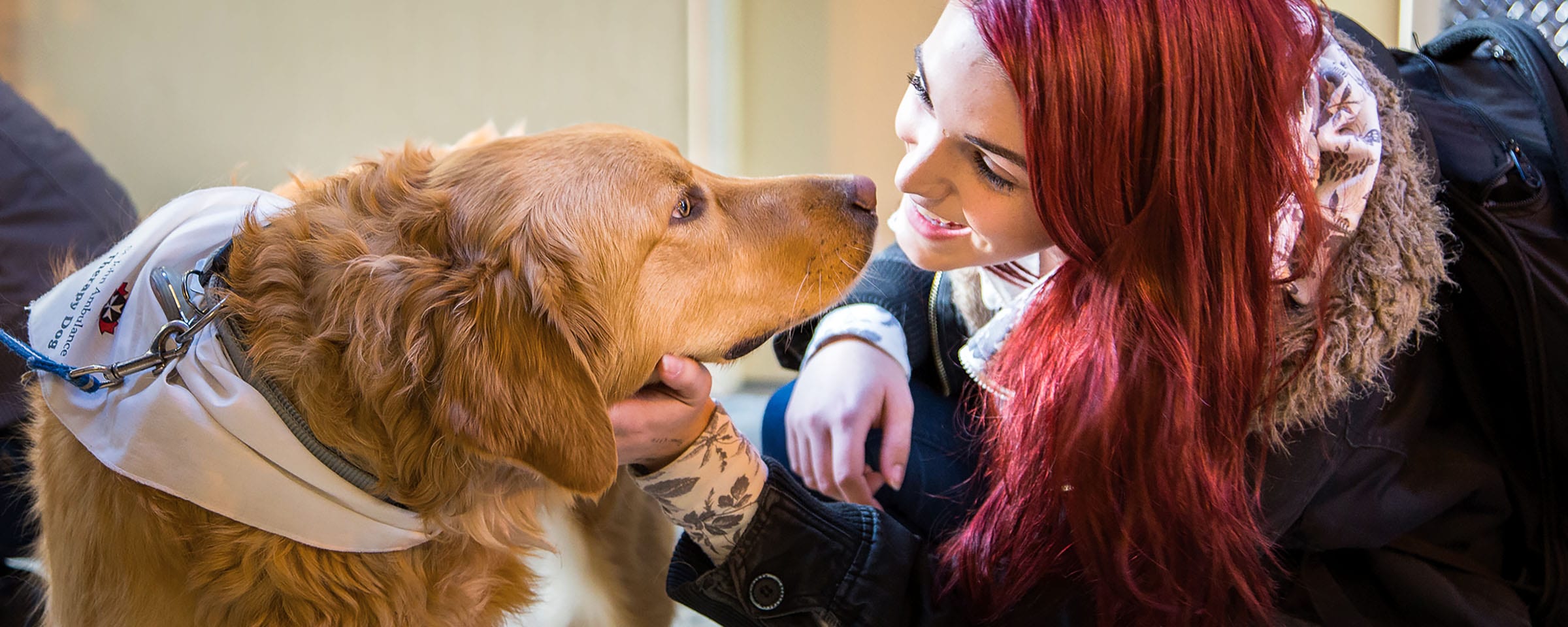Make Art!
In October 2013, Mind It! partnered with the Canadian Mental Health Association Winnipeg to bring two art therapy-inspired events to students at Red River College.
On two different days, tables in the hallways at the Notre Dame Campus and Exchange District Campus were stocked with blank canvases, paint of every colour, decorating supplies such as glitter and plastic gloves for students who felt like finger painting.
From landscapes to abstract shapes to portraits of pets and people, students spent more than two hours painting whatever they desired and chatting with friends.
Overall, it was a great way to break up the day and help everyone de-stress. After the two events were said and done, 105 blank canvases had been transformed by students, staff and others from the community who stopped by!















